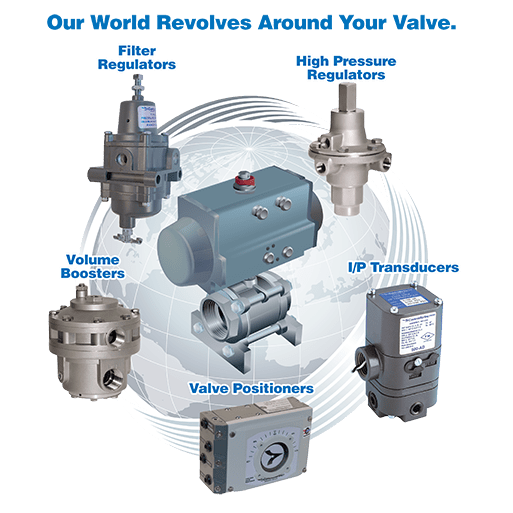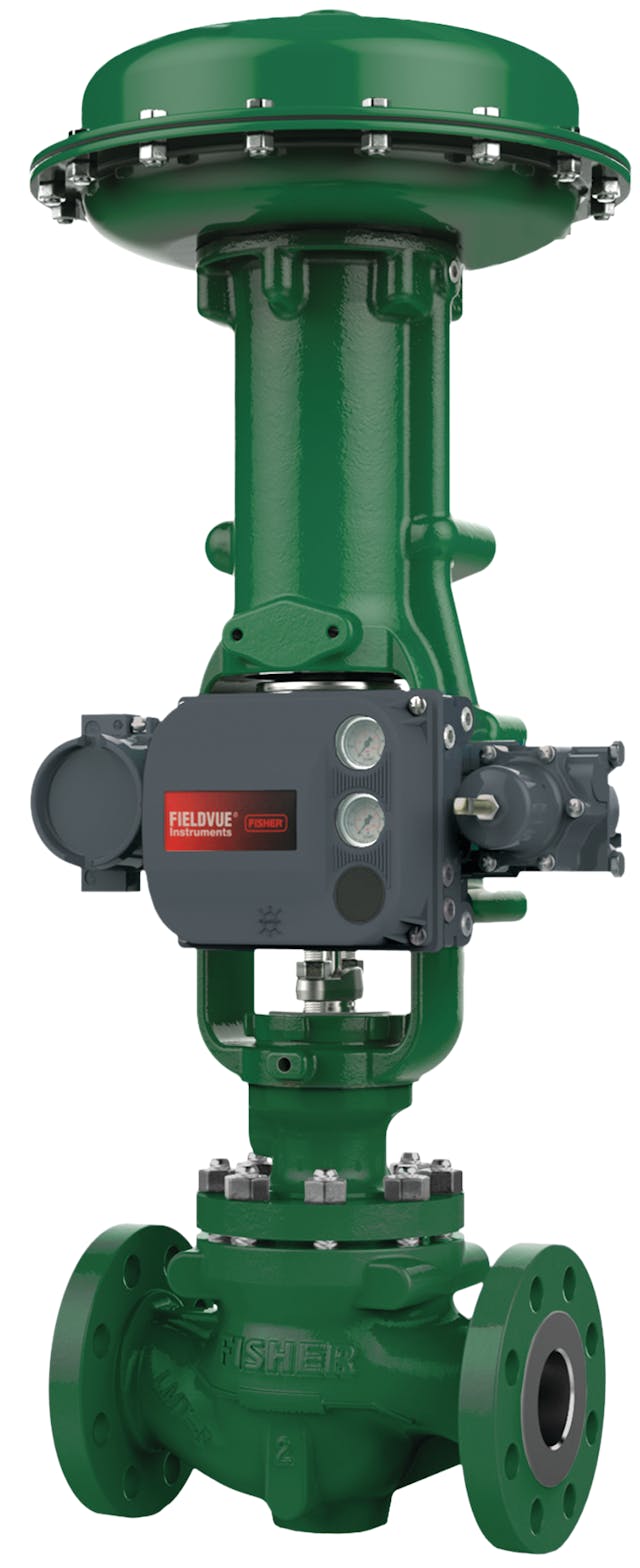Discovering the Functionality of Modern Control Valves in Industrial Applications
Discovering the Functionality of Modern Control Valves in Industrial Applications
Blog Article
Achieve Seamless Combination and Control With High Quality Structure Automation Controls
In the world of modern-day building administration, the importance of high quality structure automation controls can not be overemphasized. As modern technology continues to development, the combination and control of numerous systems within a building have evolved to be more reliable and sophisticated. The smooth operation and surveillance of lights, HVAC, safety and security, and other structure features have ended up being paramount for boosting owner comfort, energy performance, and total operational efficiency. However, the journey in the direction of achieving real assimilation and control is a complex one, with factors to consider varying from system compatibility to cybersecurity. Welcoming top quality structure automation controls is not just a matter of benefit but a critical essential for organizations aiming to optimize their centers' performance and sustainability.

Development of Building Automation Controls
Throughout the past few years, the evolution of constructing automation controls has actually dramatically changed the way buildings are managed and operated. Initially, constructing automation systems mainly concentrated on standard features such as managing heating, air, and ventilation conditioning (HEATING AND COOLING) systems. As technology advanced, these controls have come to be much more innovative, allowing for a larger array of building systems to be integrated and handled centrally.
The advancement of constructing automation controls has seen a shift towards even more intelligent systems that can adjust to transforming problems in real-time. This adaptability is essential for enhancing power efficiency and making sure passenger comfort. Additionally, modern building automation controls currently use features such as anticipating upkeep, remote surveillance, and information analytics, enabling facility supervisors to make data-driven choices to enhance structure efficiency.

Benefits of Top Quality Assimilation
The improvement in structure automation regulates towards more intelligent systems has underscored the considerable advantages of top quality integration in optimizing structure procedures and boosting overall performance. Quality integration of developing automation controls supplies numerous vital advantages. First of all, it brings about boosted energy performance by permitting various systems to interact effortlessly, making certain ideal performance and decreasing power waste. Top quality assimilation improves occupant comfort and productivity by making it possible for personalized control over environmental setups like illumination, temperature, and air high quality. This modification can result in a much more comfy and conducive working or living environment. Additionally, top quality integration streamlines upkeep and troubleshooting procedures, as all systems are interconnected and can be checked and managed from a central user interface. This central control likewise provides better exposure and understandings right into building efficiency, allowing positive maintenance and optimization approaches. Generally, the benefits of high quality integration in building automation controls are indisputable, supplying raised performance, comfort, and functional performance.
Improved User Experience and Ease Of Access
Enhancing customer interaction with building automation controls through instinctive style and enhanced ease of access boosts the general experience for passengers and facility managers alike. By concentrating on user experience, building automation systems can come to be much more effective and easy to use. User-friendly interfaces, clear navigation, and customizable setups encourage customers to connect with the controls conveniently and properly.
Access functions play an essential function in guaranteeing that all people, consisting of those with specials needs, can use the building automation regulates with convenience. Integrating functions such as voice commands, tactile switches, and color-contrasted screens can boost accessibility and make the controls a lot more inclusive.
In addition, enhanced individual experience leads to greater user contentment, enhanced performance, and better decision-making. Owners can change ecological setups according to their preferences, while center managers can effectively handle and keep an eye on structure systems - control valves. Overall, focusing on customer experience and availability in structure automation controls contributes to an extra efficient and smooth building atmosphere for all stakeholders entailed
Sustainable Practices With Automation

In addition, automation can help with the assimilation of sustainable power sources such as solar panels or wind generators right into structure procedures. By instantly adjusting energy use based on the availability of renewable resource, buildings can better minimize their reliance on non-renewable sources. This seamless combination of sustainable methods not just profits the environment yet also improves the total functional efficiency and cost-effectiveness of the building. With automation, buildings can line up with modern-day sustainability goals and add to a greener future.
Future Trends in Building Control Solution
In anticipation of progressing and progressing modern technologies sustainability techniques, the trajectory of structure control systems is poised to welcome innovative solutions and transformative strategies. One prominent trend forming the future of building control systems is the boosted integration of Artificial Intelligence (AI) and device understanding. These technologies allow structures to adjust in real-time to altering conditions, enhancing energy intake and improving comfort for residents. Additionally, the Net of Points (IoT) is reinventing building control systems by linking sensors and gadgets to enhance and streamline operations efficiency.
Another key trend is the focus on cybersecurity steps to shield against potential risks to constructing automation systems. As structures end up being much more interconnected, making certain robust cybersecurity methods will be important to safeguard delicate information and prevent unapproved access.
Additionally, the shift towards cloud-based platforms is obtaining energy, permitting centralized control and remote access to structure systems. This facilitates less complicated tracking, upkeep, and updates, improving the total efficiency and flexibility of structure control systems. As modern technology continues to advancement, these patterns are expected to shape the future landscape of building automation controls, driving advancement and sustainability in the constructed environment.
Final Thought
Finally, constructing automation controls have actually advanced substantially, offering numerous benefits such as enhanced look at this site customer experience, access, and sustainable techniques. Quality assimilation plays an essential duty in accomplishing seamless control and effective procedure of structure systems. Future trends in structure control systems are most likely to focus on additional improving automation capabilities for improved energy performance and general performance. It is necessary for structure proprietors and drivers to prioritize the adoption of top quality structure automation regulates to maximize structure operations and attain lasting sustainability goals.
In the world of modern building monitoring, the relevance of quality structure automation controls can not click to read more be overstated. Overall, the advancement of building automation manages proceeds to drive advancement in the building management market, providing new opportunities for creating smarter and a lot more sustainable structures.
The development in structure automation controls towards even more smart systems has actually emphasized the significant advantages of high quality assimilation in optimizing building operations and boosting overall effectiveness. Overall, prioritizing user experience and access in building automation manages adds to a more efficient and smooth building atmosphere for all stakeholders involved.
It is crucial for building owners and drivers to prioritize the fostering of top quality structure automation controls to enhance structure operations and accomplish lasting sustainability objectives. - control valves
Report this page